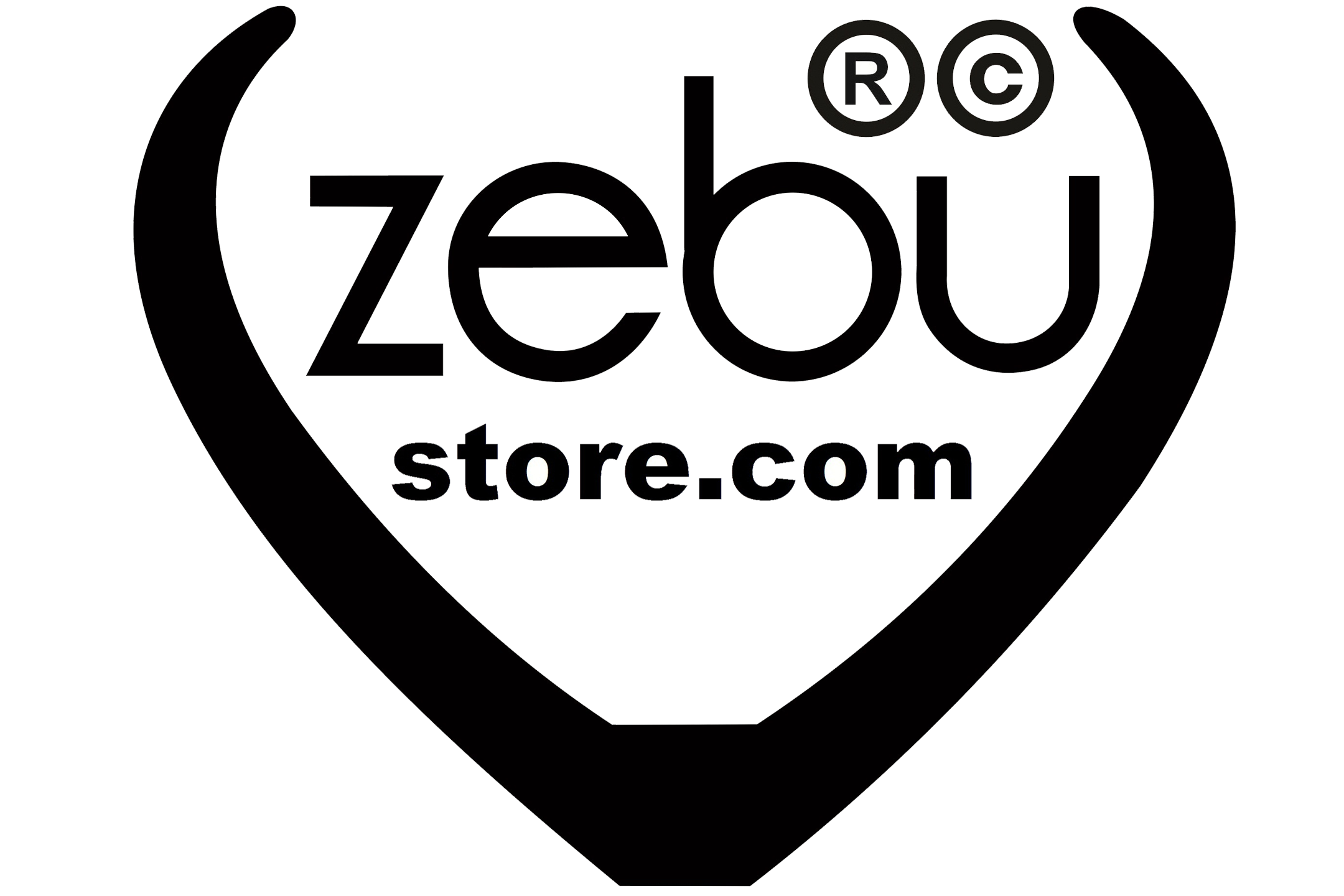What is Slow Fashion, Why is Slow Fashion Important

What is Slow Fashion?
Slow fashion, is a concept describing the opposite to fast fashion and it is considered to be a continuation of sustainable fashion. If you are looking to make your wardrobe eco-friendlier and more sustainable, you may have stumbled across slow fashion. However, because of the additional work and costs that go into it, it is often more expensive than fast fashion. Still, there are a few ways you can afford slow fashion, no matter your budget.
Slow fashion is characterized by a few key principles:
Quality over Quantity:
Slow fashion prioritizes quality over quantity. It encourages consumers to invest in high-quality garments that are made to last, rather than buying cheap, disposable clothing that will need to be replaced after a few wears.
Ethical Production:
Slow fashion promotes the use of ethical production methods, which prioritize the fair treatment of workers, and the use of sustainable materials and processes. This includes the use of organic and natural fibers, as well as the reduction of water and chemical use in production.
Local Production:
Slow fashion also encourages the support of local production and artisans. By supporting local producers, we can reduce the carbon footprint associated with transportation and support local economies.
Minimalism:
Slow fashion promotes a more minimalist approach to fashion consumption, where consumers are encouraged to buy only what they need and to focus on timeless, versatile pieces that can be worn for years.
Upcycling and Recycling:
Slow fashion encourages the upcycling and recycling of clothing and textiles. This reduces waste and extends the lifecycle of garments.
Benefits of Slow Fashion:
Slow fashion has a number of benefits for both the environment and consumers. Here are a few of the most important ones:
Reduced Environmental Impact:
The fashion industry is one of the most polluting industries in the world. It is responsible for the depletion of natural resources, the emission of greenhouse gases, and the production of a large amount of waste. Slow fashion reduces the environmental impact of fashion by promoting the use of sustainable materials and processes, reducing waste, and supporting local production.
Ethical Production:
Fast fashion is known for its exploitative practices, including the use of sweatshops and the underpayment of workers. Slow fashion promotes ethical production methods that prioritize the fair treatment of workers and the use of sustainable materials and processes.
Higher Quality:
Slow fashion prioritizes quality over quantity. This means that garments are made to last, and are often made from high-quality materials. This reduces the need for frequent replacement of clothing, which saves money in the long run.
Cost Savings:
While slow fashion may have a higher upfront cost, it can save money in the long run. Investing in high-quality, durable garments means that you won’t need to replace them as frequently, which can save money over time.
Timeless Style:
Slow fashion promotes timeless style rather than fleeting trends. This means that the garments you invest in will not go out of style quickly, and can be worn for years to come.
Conclusion:
Slow Fashion is a movement that aims to create a cultural shift by educating consumers about the negative impacts of Fast Fashion. At the same time, it provides them with high-quality, longer-lasting products. For these reasons, it is likely to become even more popular in the next future, as markets become more sensitive to the issue of sustainability.













